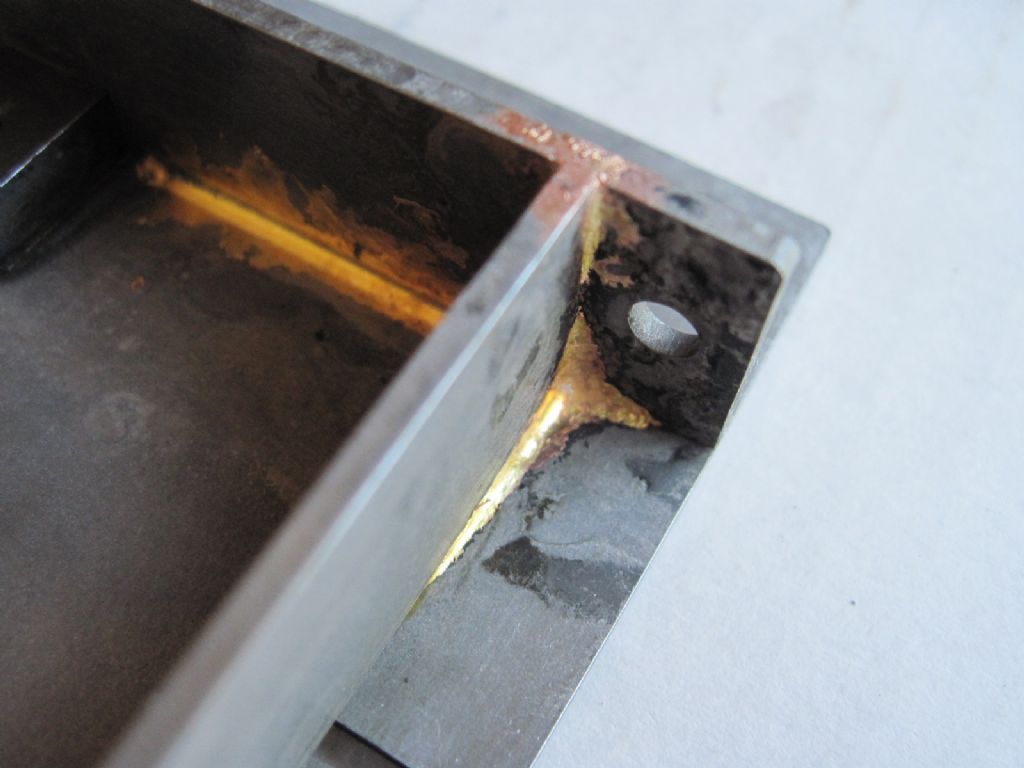Brazing Materials
Brazing Materials
- This topic has 9 replies, 8 voices, and was last updated 25 July 2019 at 16:43 by
SillyOldDuffer.
Viewing 10 posts - 1 through 10 (of 10 total)
Viewing 10 posts - 1 through 10 (of 10 total)
- Please log in to reply to this topic. Registering is free and easy using the links on the menu at the top of this page.
Latest Replies
Viewing 25 topics - 1 through 25 (of 25 total)
-
- Topic
- Voices
- Last Post
Viewing 25 topics - 1 through 25 (of 25 total)
Latest Issues
Newsletter Sign-up
Latest Replies
- What’s this for?
- New member – garage tinkerer
- Tooth Angle for the Myford Bull Wheel Indexer device
- Material to make studs – EN1A??
- Magnetic optical punch
- How Would I Machine this CAD designed Ratchet
- Unimat SL renovation – any tips?
- Source for trangular carbide inserts.
- Which “silent” air compressor shall I get?
- What’s this for…no.4?







